1) Coral Reef with Honu and fish hovering above
The coral reef piece is made from the bottoms of #1 plastic bottles. The Honu contains plastic bottles to represent the reality of plastics found in our sealife today.
3) Hawai`i Island
A geographical depiction of the Hawai`i Island made from styrofoam and covered in bottle caps. The multi-color caps represent the many climates found on our island home.
4) Iwa (Frigate Bird)
The red plastics from Europe were imported for this specific installation. Symbolizing birds traveling from far away to Hawaii.
5) A School Of Jellyfish
These jellyfish made by school children in the Volcano and Keaau areas of Hawai`i Island
6) Mother Jellyfish
The Mother Jellyfish features many pieces created by community members who participated in this community art project
7) Hammerhead Shark
Made from five gallon (18.9 liters) water jugs provided by Hilo's The Water Man™, this hammerhead shark is also carved and painted from plexiglass.
8) Closeup of bottle caps on Nuku's Big Island
Bottle caps are normally thrown away in the trash, but these caps were saved specifically for this exhibit.
9) Exhibit Opening
The exhibit opening was well attended by many artists, community members, and visitors. The exhibit was standing room only in Dietrich Varez Hall at the Volcano Art Center's Niaulani Campus.
About Plastics
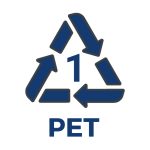
1 PET
This is one of the most commonly used plastics. It’s lightweight, strong, typically transparent and is often used in food packaging and fabrics (polyester).
Examples: Beverage bottles, Food bottles/jars (salad dressing, peanut butter, honey, etc.) and polyester clothing or rope.
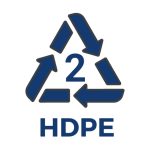
2 HDPE
Collectively, Polyethylene is the most common plastics in the world, but it’s classified into three types: High-Density, Low-Density and Linear Low-Density.
Examples: Milk cartons, detergent bottles, cereal box liners, toys, buckets, park benches and rigid pipes.
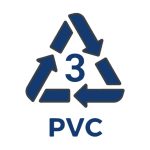
3 PVC
This hard and rigid plastic is resistant to chemicals and weathering, making it desired for building and construction applications.
Examples: Plumbing pipes, credit cards, human and pet toys, rain gutters, teething rings, IV fluid bags and medical tubing and oxygen masks.
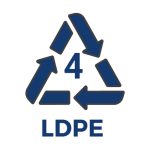
4 LDPE
A softer, clearer, and more flexible version of HDPE. Used as a liner inside beverage cartons, and in corrosion-resistant work surfaces and other products.
Examples: Plastic/cling wrap, sandwich and bread bags, bubble wrap, garbage bags, grocery bags and beverage cups.
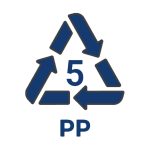
5 PP
This is one of the most durable types of plastic. Ideal for such things as food packaging and food storage that’s made to hold hot items or be heated itself.
Examples: Straws, bottle caps, prescription bottles, hot food containers, packaging tape, disposable diapers and DVD/CD boxes (remember those!).
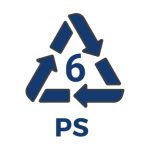
6 PS
Better known as Styrofoam, this rigid plastic is low-cost and insulates very well, which has made it a staple in the food, packaging and construction industries.
Examples: Cups, takeout food containers, shipping and product packaging, egg cartons, cutlery and building insulation.
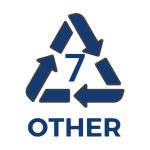
7 Other
This category is a catch-all for other types of plastic that don’t belong in any of the other six categories or are combinations of multiple types.
Examples: Eyeglasses, baby and sports bottles, electronics, CD/DVDs, lighting fixtures and clear plastic cutlery.

